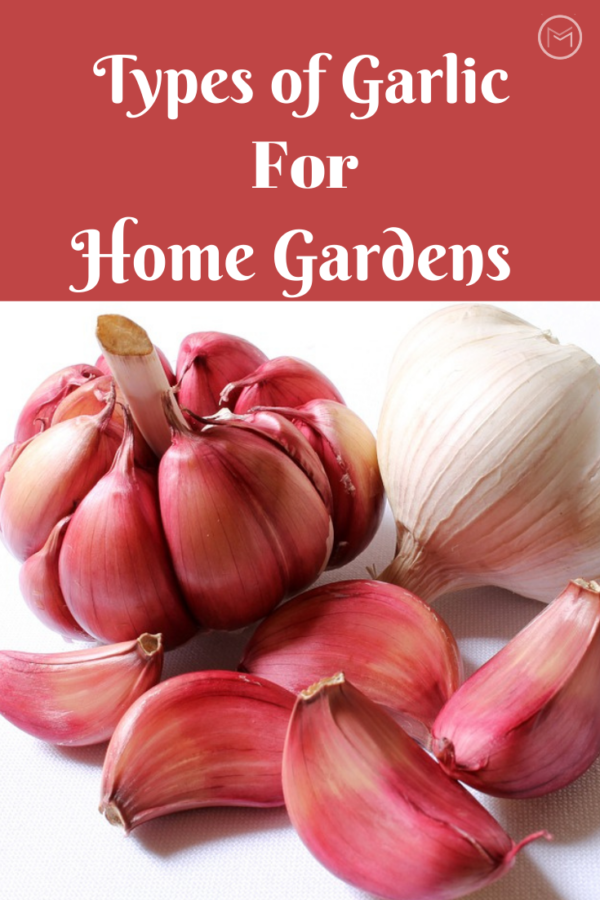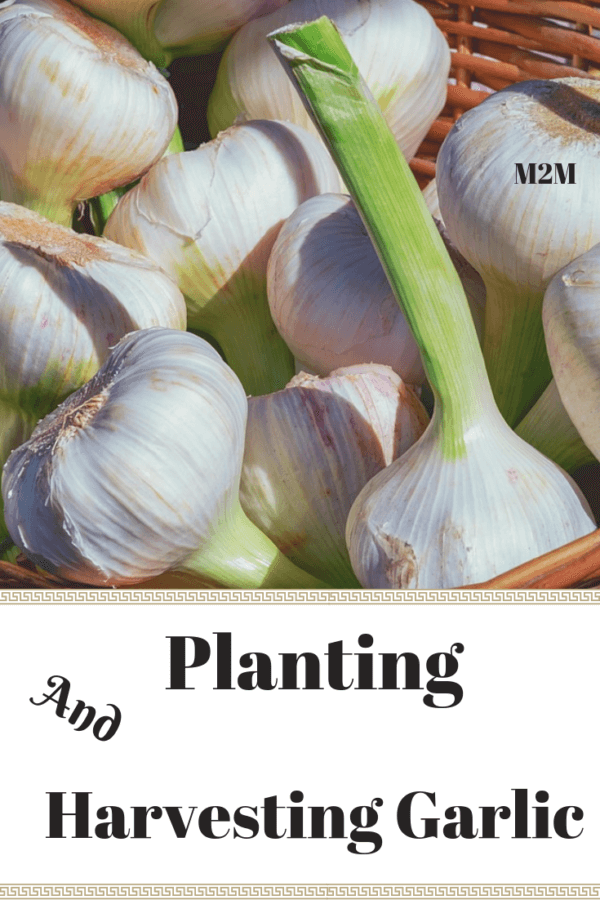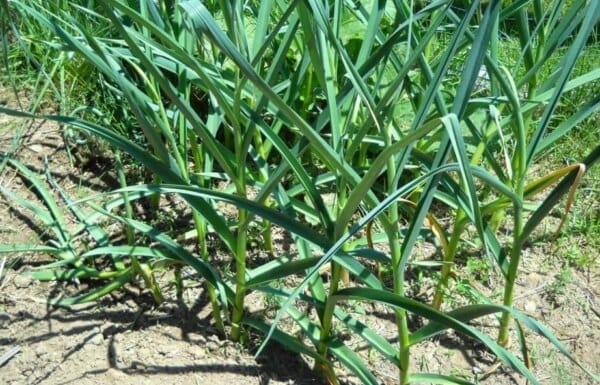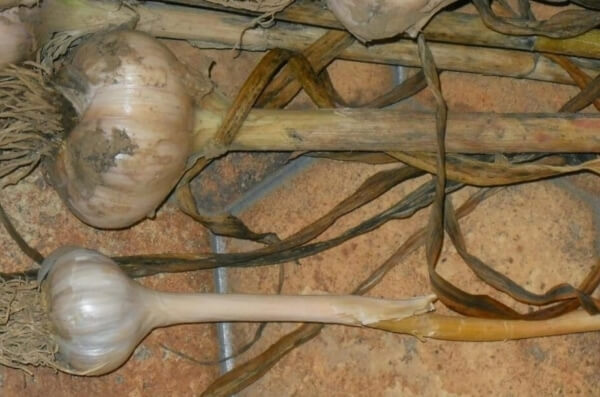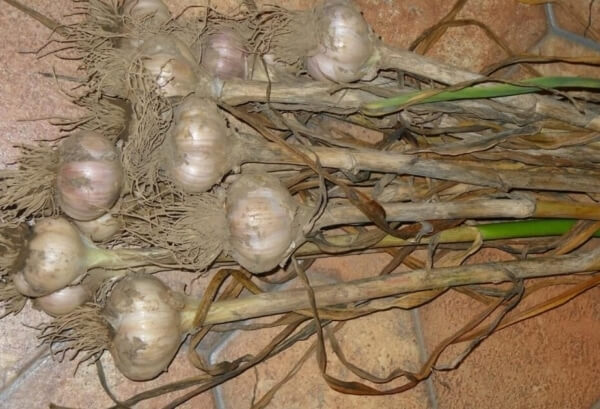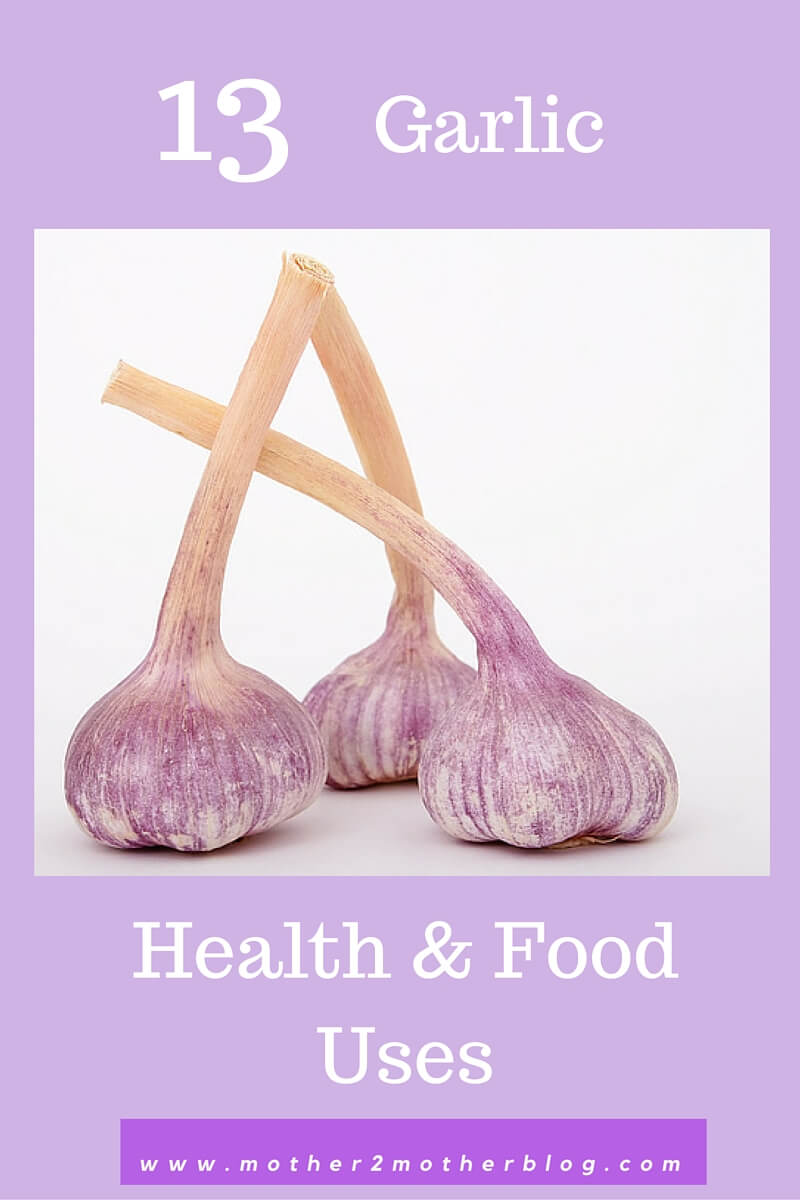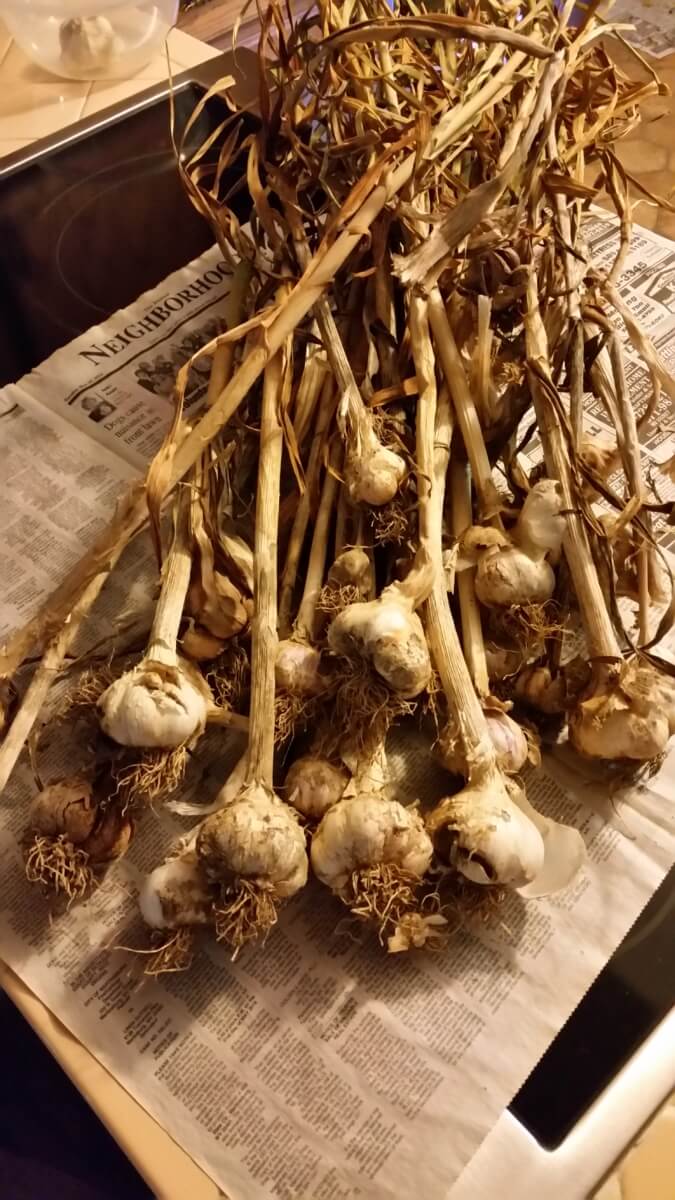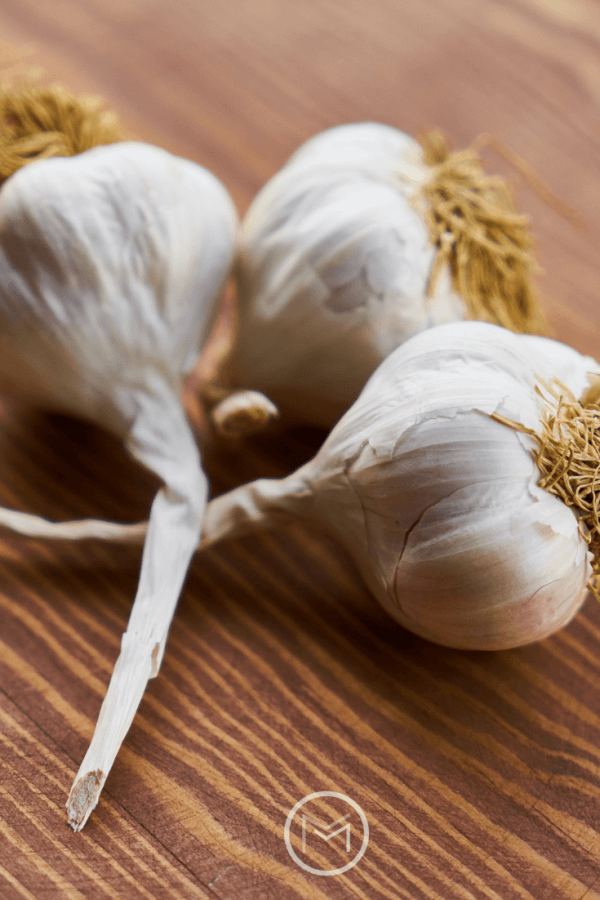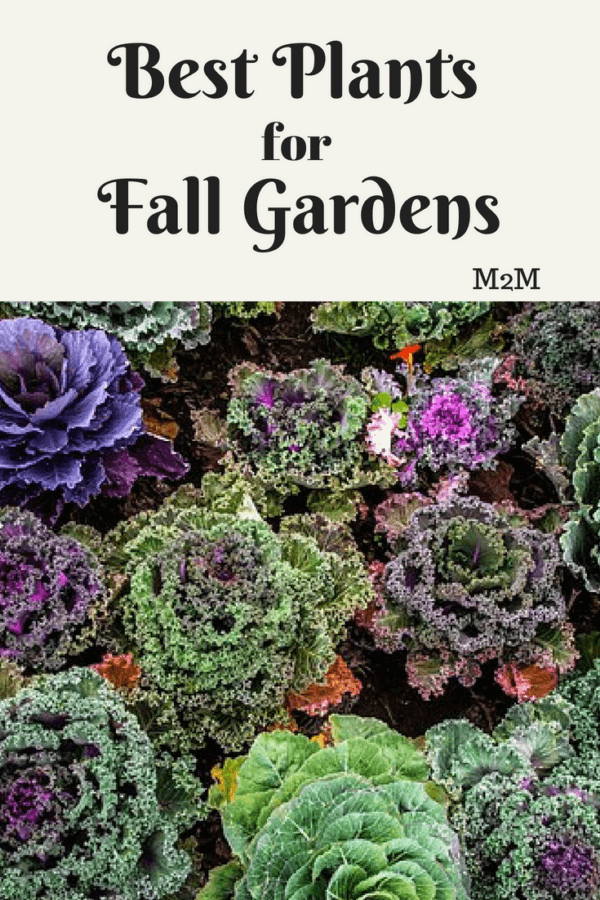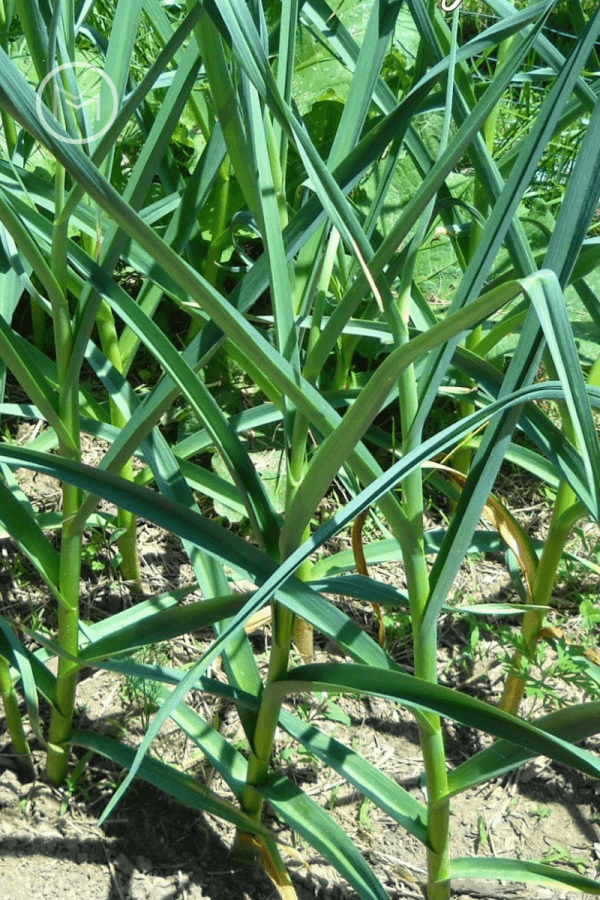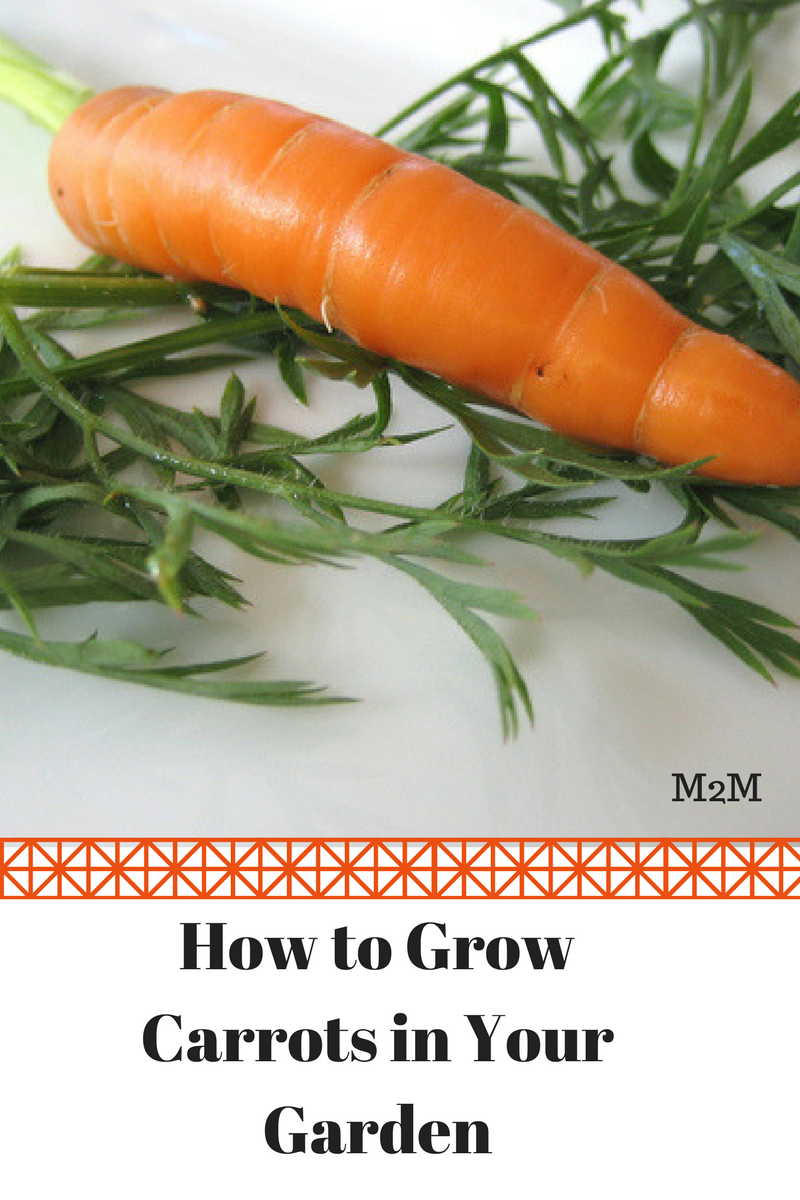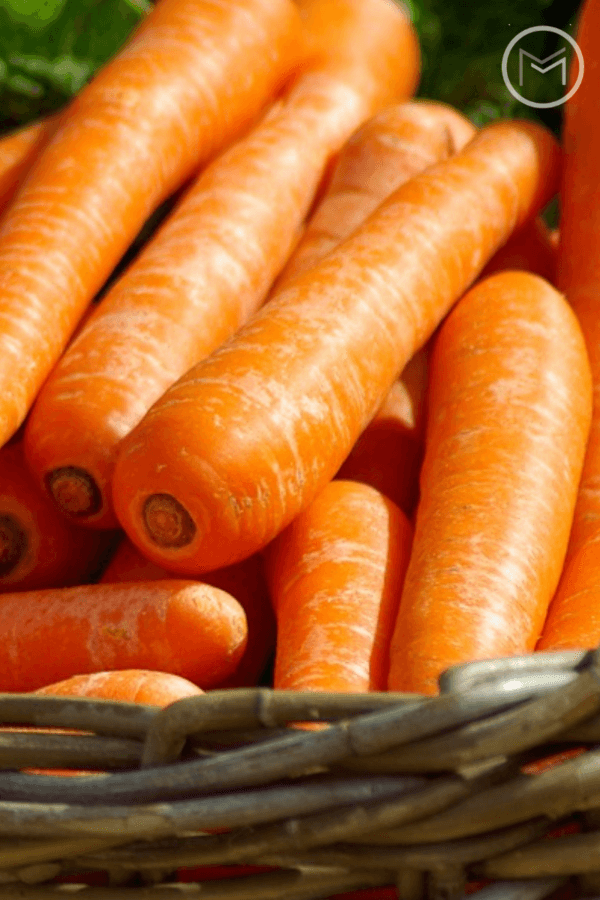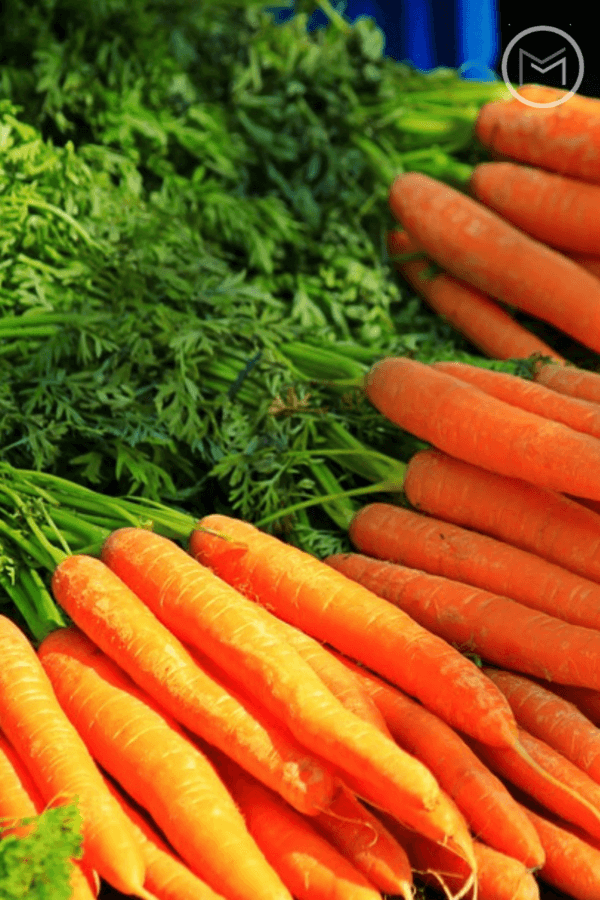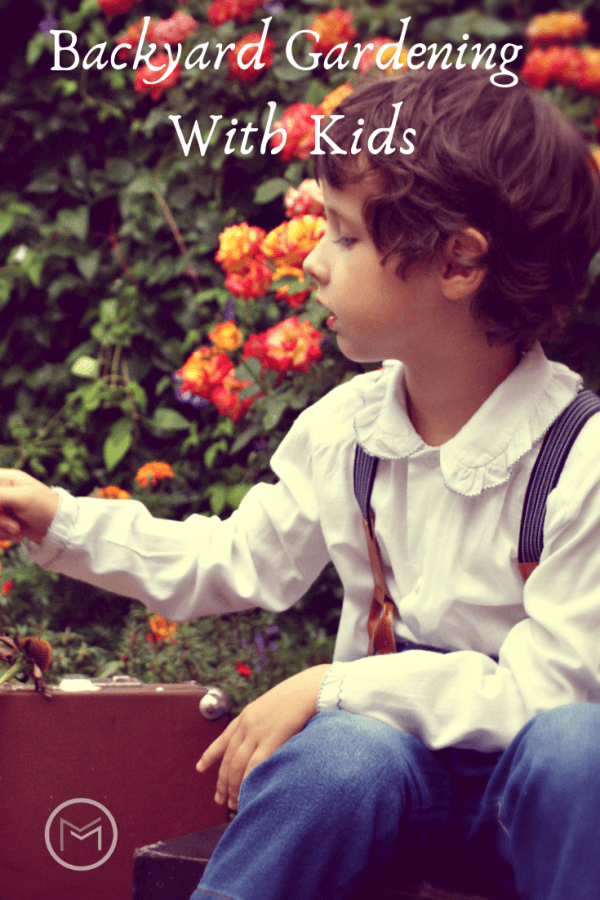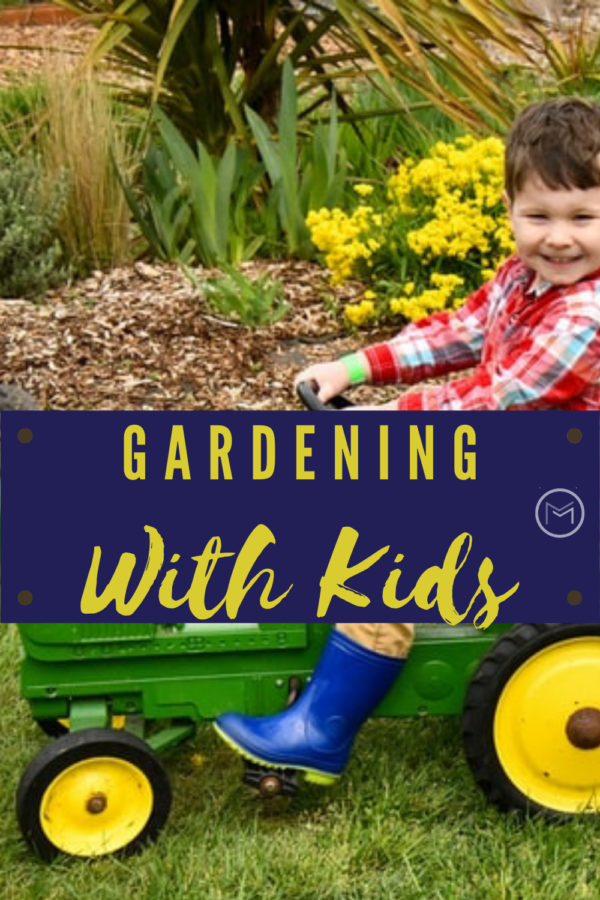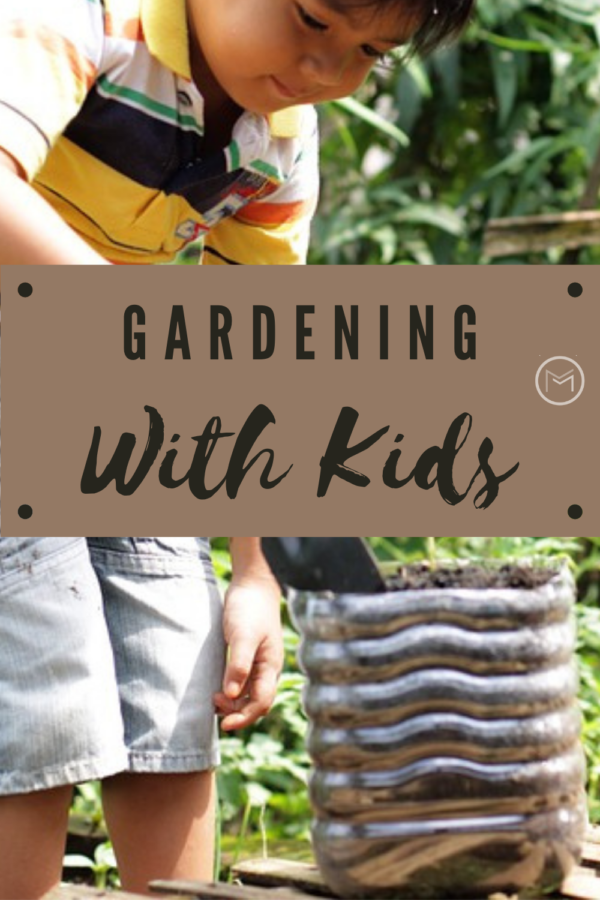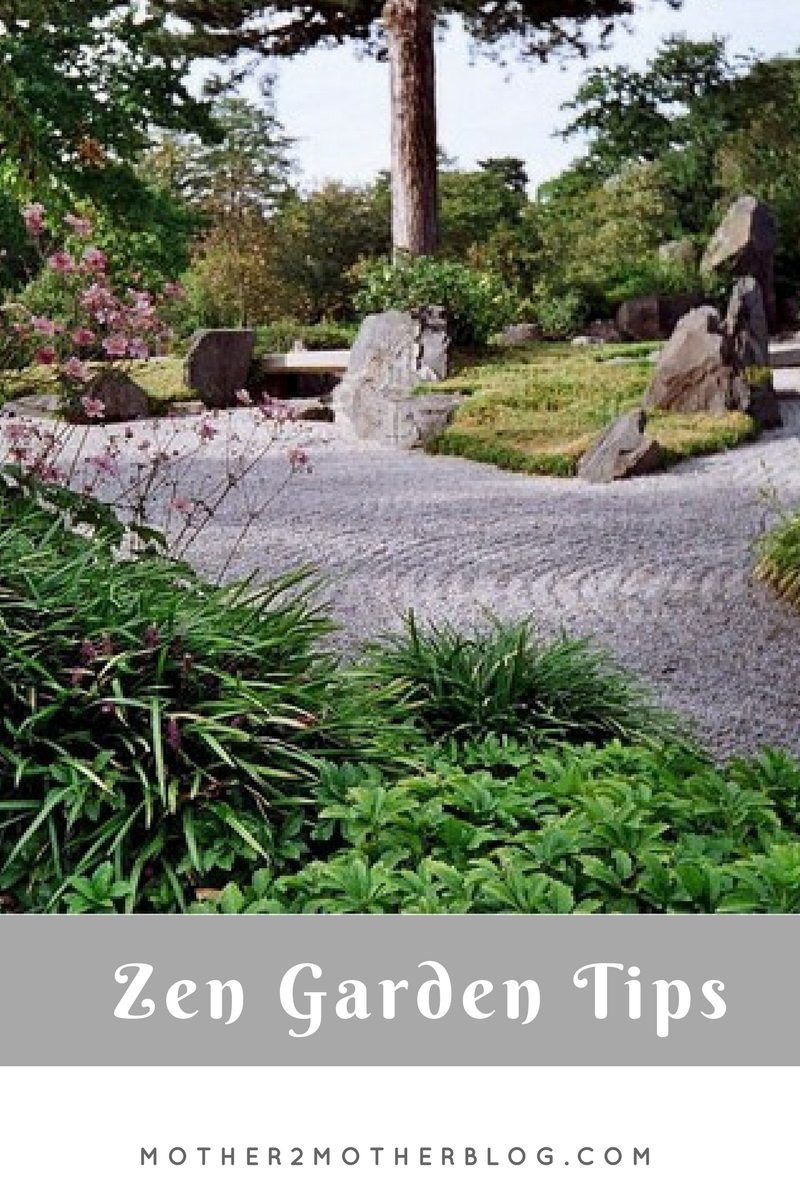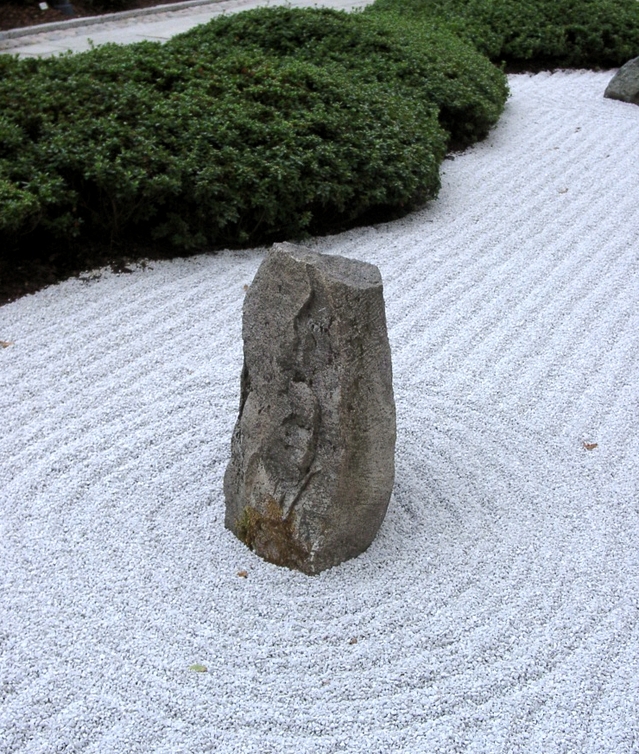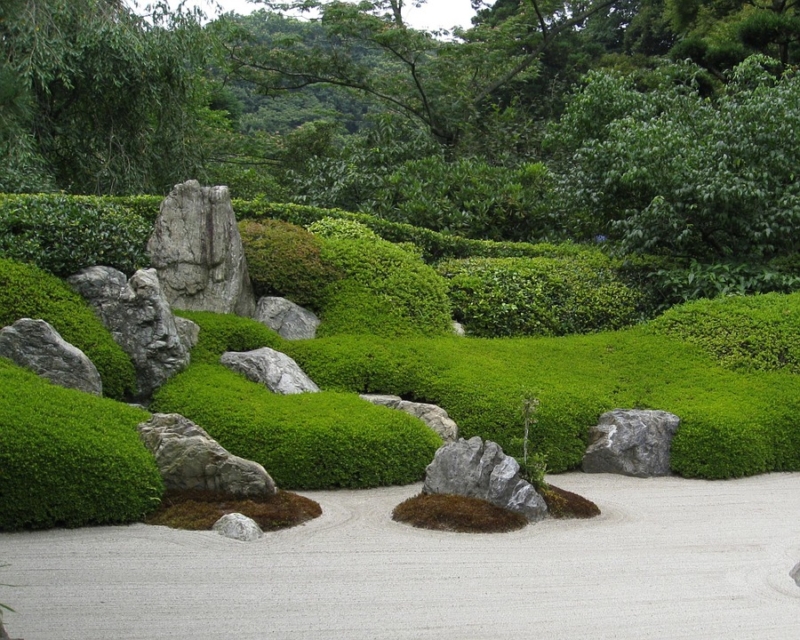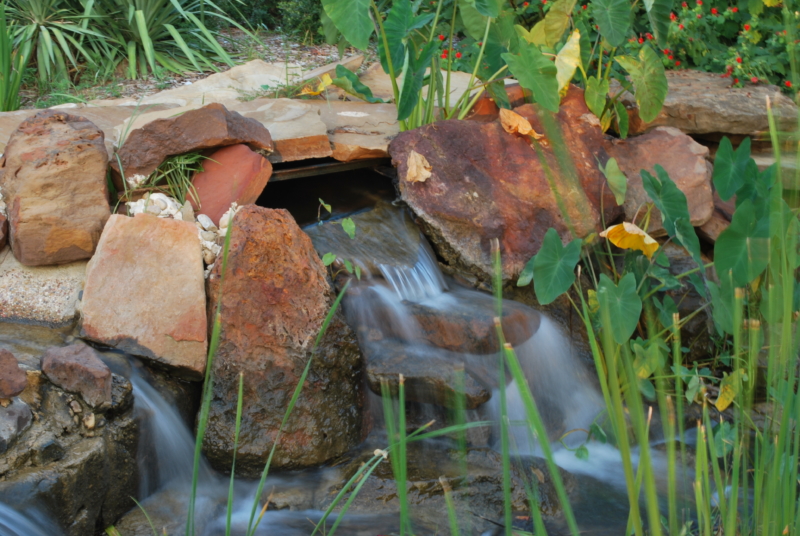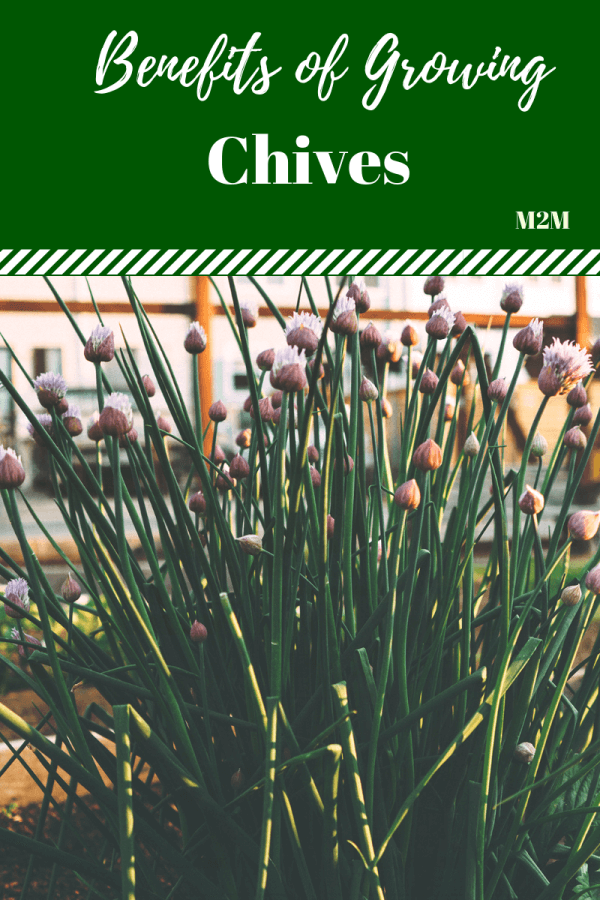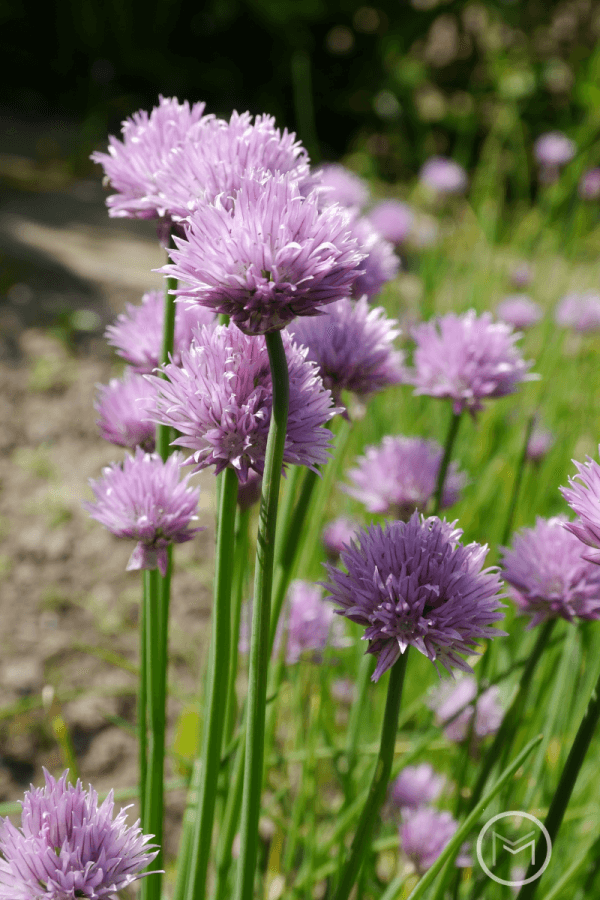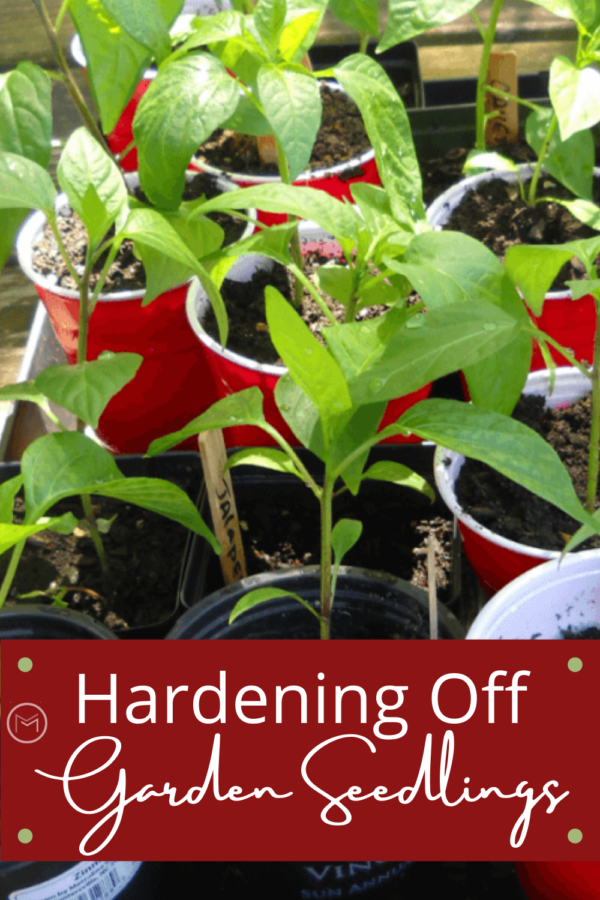Today, I’m sharing gardening tips on understanding gardening basics. Your vegetable and flower gardens should be just as cozy and relaxing as your indoor space. Sometimes a little know how, flower pots, a can of paint and a little creativity is all that is needed to bring your garden to life.
If you’ve left your garden space to the elements and it has been become battered, bruised, and weather worn all is not lost. Check out my tips on backyard gardening basics and you will be on your way to creating beautiful outdoor spaces.
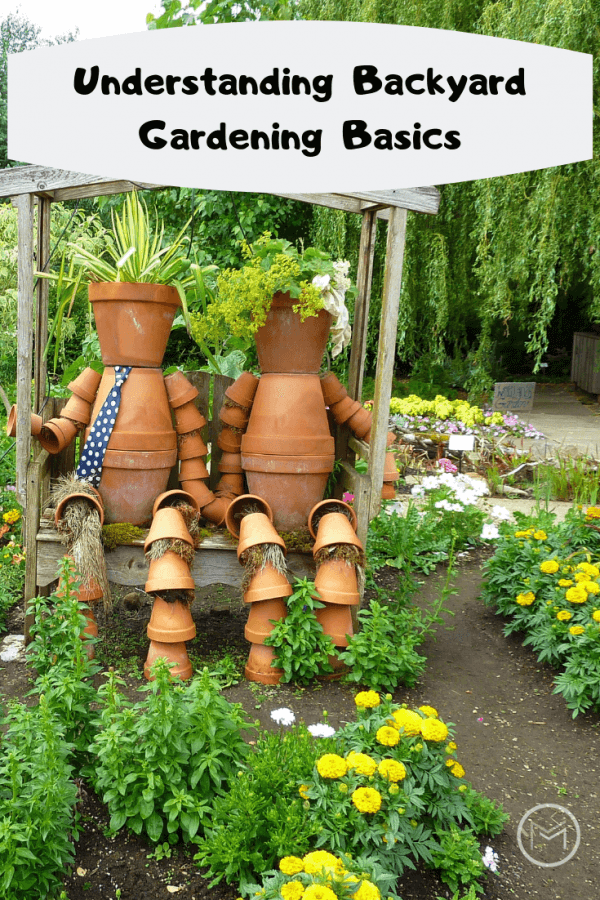
Understanding Gardening Basics for Beginners:
Look at your weaknesses
If you want to maximize your space, you’ve got to put in the effort. So, even if you don’t have the time to look after a garden space, that doesn’t mean that you should let it go. The best place to start is with the grass. Restart this by layering, which involves smothering the grass. This this is a common method used when people want to start a garden. Killing the grass that remains by layering or polarization, gives you that blank canvas in which to start again. Take note, this can result in a lot of hard work. But, you can always hire a professional to do this for you. But if you want to do-it-yourself, you’re off to a good start as a gardener.
Preventing the enemies from rising up
Weeds constantly sprout up. However, if you want to ensure that your gardening area looks pristine use landscape fabrics. It’s a synthetic textile that can be placed on planting areas to block weeds from coming up. This works by blocking the sunlight, which is the way weeds germinate. You can speak to a landscaping company to help you with the selection of fabric and installation. Or, you can purchase the material yourself. The fabric is porous, but you can cut holes into it so your plants can be placed and the water can drain into the ground.

Understanding garden soil
It’s important that you have a basic understanding of backyard gardening so you can properly maintain your garden. The soil is the foundation of your garden. So, the numerous problems that affect soil can result in various issues with your plants. Soil can suffer from three common issues:
- The soil pH: If your soil is too alkaline or too acidic, plants won’t thrive. Be sure that you test the soil so you know the garden’s pH level and you can make the necessary alterations.
- The type of soil: The composition of the soil and its texture can cause problems with drainage. If the soil contains too much clay, this will stop the water draining properly. Sandy soil won’t retain water. It drains through before the plants can absorb it.
- Nutritional issues: This is something that can be remedied with a soil test. Because, much like us, we need specific nutrients, the soil requires specific resources in which to grow plants and vegetables. A soil test will let you know of any deficiencies before you start planting. Fix any problems before you continue your garden. Remember, the soil is the foundation.
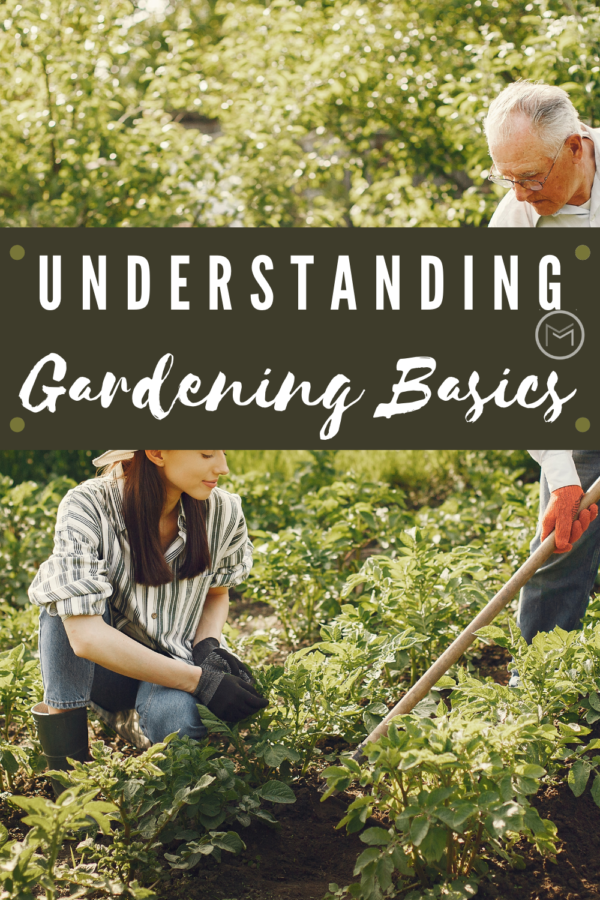
Using the right spots for the right plants
A garden is a blank canvas, but you have to be aware of certain limitations. While you may want certain plants in the garden, you’ve got to be aware of the specific limitations for each planet. Plants need to be in the right conditions in order to thrive. First, find out what your planting zone is. For example, I live and garden in zone 6B. Furthermore, you also need to know how much sun and shade you get in your garden area. Choose the type of plants that will survive in your garden area.
Once you understand the basics, you can turn your garden into an area that suits your lifestyle. You can turn your battered, bruised, and weather worn garden space into a space that will thrive. A garden is a lovely thing, but if we want it to flourish we have to be aware of it’s limitations and yours. Having an understanding of gardening basics, doing a little planning and putting in some effort will have your garden area a beautiful space that you desire and deserve.
